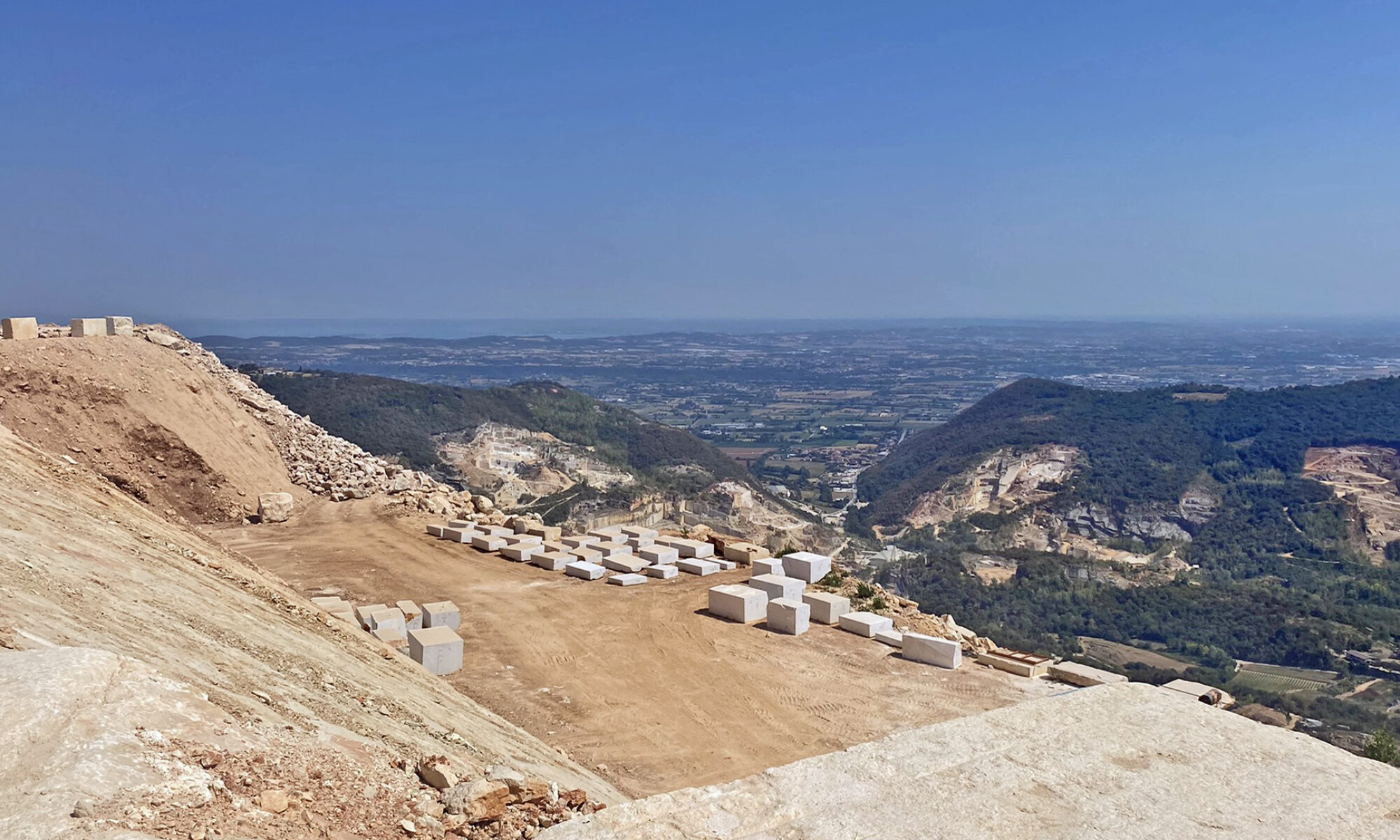
Limestone slabs, revered for centuries in architectural design, offer a blend of aesthetic beauty and practical durability. These slabs are cut from natural limestone, a sedimentary rock primarily composed of calcium carbonate, often formed from the remains of marine organisms like coral and shellfish. Here’s a detailed description for their use in architecture:
Aesthetic Qualities:
- Color and Texture: Limestone varies from white, gray, or yellow to even subtle blue or red hues, depending on the impurities present. The texture can range from smooth to slightly rugged, providing a tactile and visually rich surface.
- Grain: The grain structure of limestone often shows fossil imprints, which can add a unique, organic aesthetic to architectural elements.
Durability and Practicality:
- Weather Resistance: Limestone is highly resistant to weathering. Over time, it develops a patina, which enhances its beauty and gives structures a timeless look.
- Strength: While not as hard as granite, properly treated limestone can withstand significant loads, making it suitable for both structural and decorative uses.
Architectural Uses:
- Exterior Cladding: Used for facades, limestone provides an elegant, classic appearance to buildings, blending well with both modern and traditional designs.
- Interior Applications: Slabs can be used for flooring, countertops, and wall cladding. They offer a cool, durable surface that’s perfect for high-traffic areas.
- Monuments and Sculpture: Due to its workability and ability to take fine detail, limestone has been historically favored for sculptural elements and commemorative plaques.
Sustainability:
- Eco-Friendly: Limestone is abundant and extraction has a lower environmental impact compared to some other stones. Additionally, buildings made from limestone can contribute to a reduction in the urban heat island effect due to its light color reflecting sunlight.
Care and Maintenance:
- Sealing: While limestone is durable, sealing it can prevent staining, especially for interior uses like countertops.
- Cleaning: Generally, limestone requires mild cleaning solutions to avoid erosion or damage to its surface.
Historical and Cultural Significance:
- Legacy: Limestone has been used in some of the world’s most iconic structures, from ancient Egyptian pyramids to European cathedrals, symbolizing longevity and grandeur.
In architecture, limestone slabs not only contribute to the structural integrity of a building but also add a layer of sophistication and historical resonance. Whether chosen for its visual appeal, practical attributes, or cultural connotations, limestone continues to be a preferred material in the architect’s palette, admired for its natural beauty and the narrative it weaves into the built environment.

